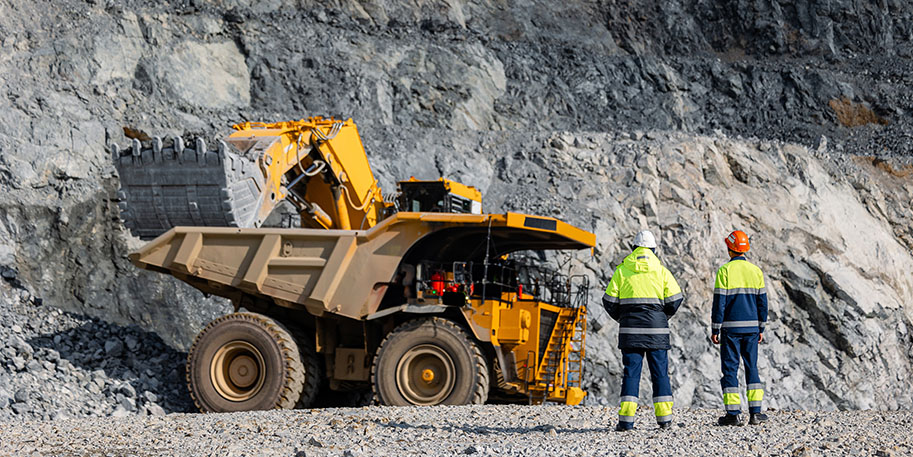A Maintenance Manager at a mining operation basically keeps everything running smoothly—they’re the person who makes sure all that expensive equipment doesn’t break down in the middle of production.
In mining, they’re dealing with some seriously heavy-duty machinery—massive haul trucks, excavators, crushers, conveyors, and processing equipment. When these things fail, it costs the operation thousands or even tens of thousands of dollars per hour in lost production.
They juggle planned maintenance (the stuff you schedule to prevent breakdowns) with the inevitable emergency repairs when something does break. They’ll develop maintenance schedules, coordinate with operations to find windows where equipment can be taken offline, and make tough calls about whether to fix or replace components.
They also manage a team of specialised technicians—heavy duty mechanics, electricians, and instrumentation techs. Mine sites are often remote, so they need to make sure they have the right parts inventory on hand since you can’t just run to the store when something breaks.
Safety is huge in mining, so they’re constantly thinking about how maintenance activities can be done without putting people at risk. Underground mines add another layer of complexity with ventilation concerns, ground support, and confined spaces.
How much does a Maintenance Manager earn?
Mining Maintenance Managers in Australia are generally well-compensated, reflecting the important nature of their role and the demanding work environment.
In Australia, Maintenance Managers at mine sites typically earn between AUD $150,000 to $220,000 per year as a base salary. At larger operations or for professionals with significant experience, this can push well beyond $250,000, especially when you factor in performance bonuses, which can add another 10-30% to their compensation.
- The pay varies quite a bit depending on several factors:
- Mine size and commodity (gold, iron ore, coal, etc.)
- Location (remote sites in Western Australia or Queensland often pay more)
- FIFO (fly-in, fly-out) arrangements usually come with higher pay
- Experience level and specialised technical knowledge
- Whether they’re managing maintenance for the entire site or just a specific area
The FIFO lifestyle, while lucrative, comes with its own challenges—working schedules like 2 weeks on/1 week off or similar rotations, meaning you’re away from family for extended periods.
How do you get a job as a Maintenance Manager?
For Maintenance Manager roles at mining operations, it really depends on the seniority level and the specific site.
The top-tier Maintenance Managers—especially those managing large teams and big budgets at significant sites—are often recruited through executive search firms. These roles might command those higher salaries we discussed (AUD $200,000+) and require specialised experience that’s hard to find.
However, many Maintenance Manager positions are filled through:
- Internal promotions (moving up from maintenance superintendent or supervisor roles)
- Industry networking (mining is a relatively tight-knit community, especially within specific regions like Western Australia)
- Mining-specific recruitment agencies rather than executive search firms
- LinkedIn and industry job boards
Mining companies also tend to have strong relationships with certain recruiters who understand their operations and culture, so they’ll often use the same channels repeatedly rather than going to high-end executive search for every position.
The more remote the operation or the more specialised the skills needed (like experience with specific processing technology or managing maintenance in challenging underground environments), the more likely companies are to use specialised search to find the right candidate.
Ever wondered how long the average executive search takes? We cover that topic in this article.

